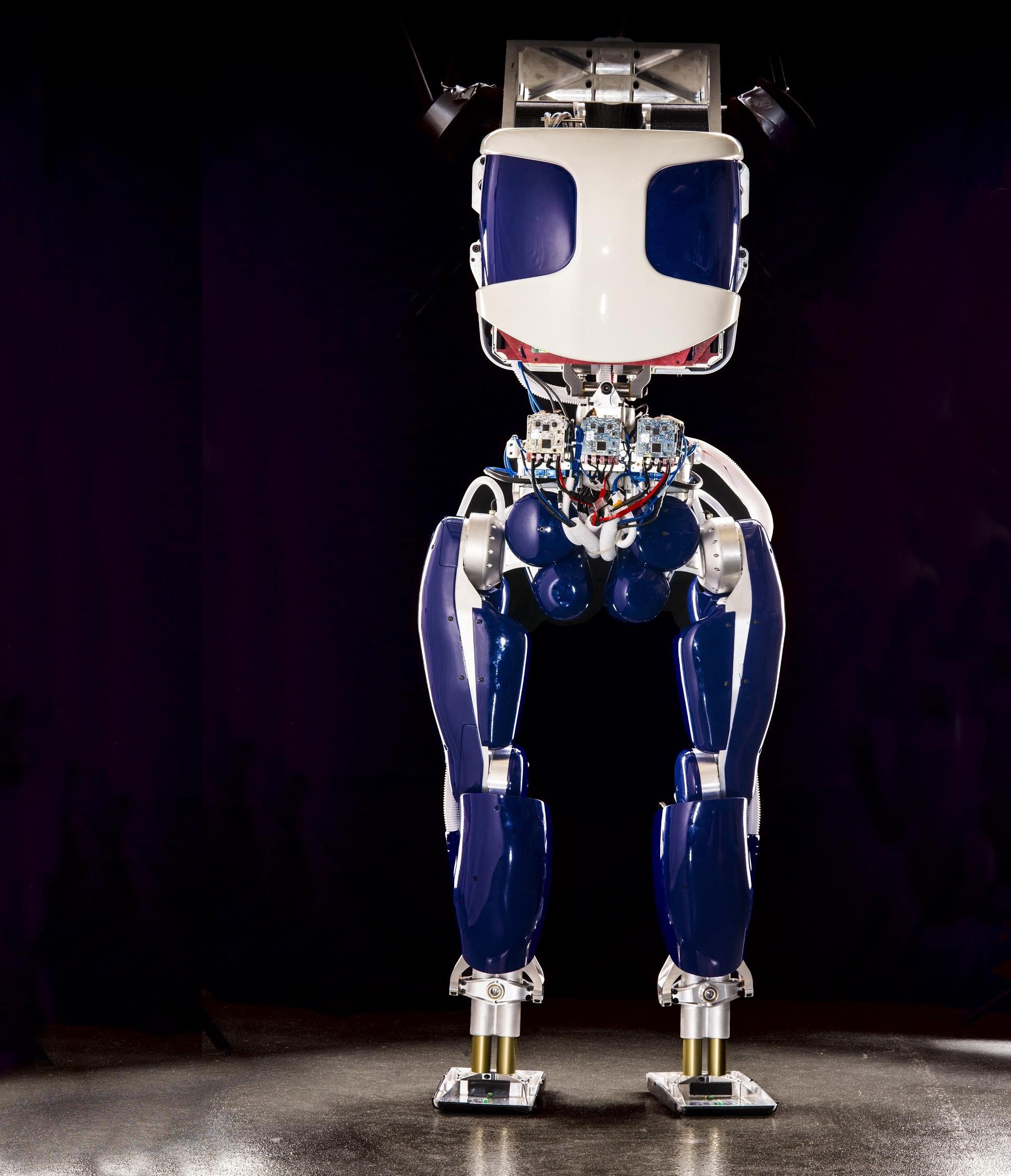US military reveals it hopes to use artificial intelligence to create cybersoldiers and even help fly its F-35 fighter jet — but admits it is ALREADY playing catch up.
Category: military – Page 318

Ethics on the near-future battlefield
US army’s report visualises augmented soldiers & killer robots.
The US Army’s recent report “Visualizing the Tactical Ground Battlefield in the Year 2050” describes a number of future war scenarios that raise vexing ethical dilemmas. Among the many tactical developments envisioned by the authors, a group of experts brought together by the US Army Research laboratory, three stand out as both plausible and fraught with moral challenges: augmented humans, directed-energy weapons, and autonomous killer robots. The first two technologies affect humans directly, and therefore present both military and medical ethical challenges. The third development, robots, would replace humans, and thus poses hard questions about implementing the law of war without any attending sense of justice.
Augmented humans. Drugs, brain-machine interfaces, neural prostheses, and genetic engineering are all technologies that may be used in the next few decades to enhance the fighting capability of soldiers, keep them alert, help them survive longer on less food, alleviate pain, and sharpen and strengthen their cognitive and physical capabilities. All raise serious ethical and bioethical difficulties.
Drugs and prosthetics are medical interventions. Their purpose is to save lives, alleviate suffering, or improve quality of life. When used for enhancement, however, they are no longer therapeutic. Soldiers designated for enhancement would not be sick. Rather, commanders would seek to improve a soldier’s war-fighting capabilities while reducing risk to life and limb. This raises several related questions.

Russia, China Building ‘Robot’ Army
Despite more than a thousand artificial-intelligence researchers signing an open letter this summer in an effort to ban autonomous weapons, Business Insider reports that China and Russia are in the process of creating self-sufficient killer robots, and in turn is putting pressure on the Pentagon to keep up.
“We know that China is already investing heavily in robotics and autonomy and the Russian Chief of General Staff [Valery Vasilevich] Gerasimov recently said that the Russian military is preparing to fight on a roboticized battlefield,” U.S. Deputy Secretary of Defense Robert Work said during a national security forum on Monday.
Work added, “[Gerasimov] said, and I quote, ‘In the near future, it is possible that a complete roboticized unit will be created capable of independently conducting military operations.’”

Four Market Forces That Will Shape Robotics Over The Next Year
“When will I have a robot that can do my laundry?”
This is the number one question I get from friends and family members, whose expectations are unconstrained by the software and hardware technical realities that make robots tick (washing dishes is a close second by the way).
Since most have been waiting a lifetime for this transformational milestone, I have been promising lately, with muted bravado, that it won’t be too long now.

Pentagon Seeks $12 -$15 Billion for AI Weapons Research
The news this month is full of stories about money pouring into AI research. First we got the news about the $15 million granted to the new Leverhulme Center for the Future of Intelligence. Then Elon Musk and friends dropped the news about launching OpenAI to the tune of $1 billion, promising that this would be a not-for-profit company committed to safe AI and improving the world. But that all pales in comparison to the $12-$15 billion that the Pentagon is requesting for the development of AI weapons.
According to Reuters, “The Pentagon’s fiscal 2017 budget request will include $12 billion to $15 billion to fund war gaming, experimentation and the demonstration of new technologies aimed at ensuring a continued military edge over China and Russia.” The military is looking to develop more advanced weapons technologies that will include autonomous weapons and deep learning machines.
While the research itself would be strictly classified, the military wants to ensure that countries like China and Russia know this advanced weapons research is taking place.

US Rushing to Keep Up With Russian, Chinese Killer Robots
Hollywood has long warned about the dangers of artificially intelligent robots. Now the Pentagon is thinking about future autonomous armies, and the possibility that it’s falling behind Russia and China in the race for weaponized artificial intelligence (AI).


Squad X Core Technologies Takes First Steps toward Improving Capabilities for Dismounted Soldiers and Marines
With nine teams selected, the Squad X Core Technologies program will begin taking its first steps toward developing novel technology to deliver dismounted squads better collaboration ability, understanding of surroundings and effectiveness.
How virtual reality is going to change our lives
2016 will be the year of VR. Here’s how it will change everything from medicine to the military.
Here’s what the world will be like in 2045, according to DARPA’s top scientists
Launched in 1958, the Defense Advanced Research Projects Agency is behind some of the biggest innovations in the military — many of which have crossed over to the civilian technology market. These include things like advanced robotics, global positioning systems, and the Internet.
So what’s going to happen in 2045?
It’s pretty likely that robots and artificial technology are going to transform a bunch of industries, drone aircraft will continue their leap from the military to the civilian market, and self-driving cars will make your commute a lot more bearable.